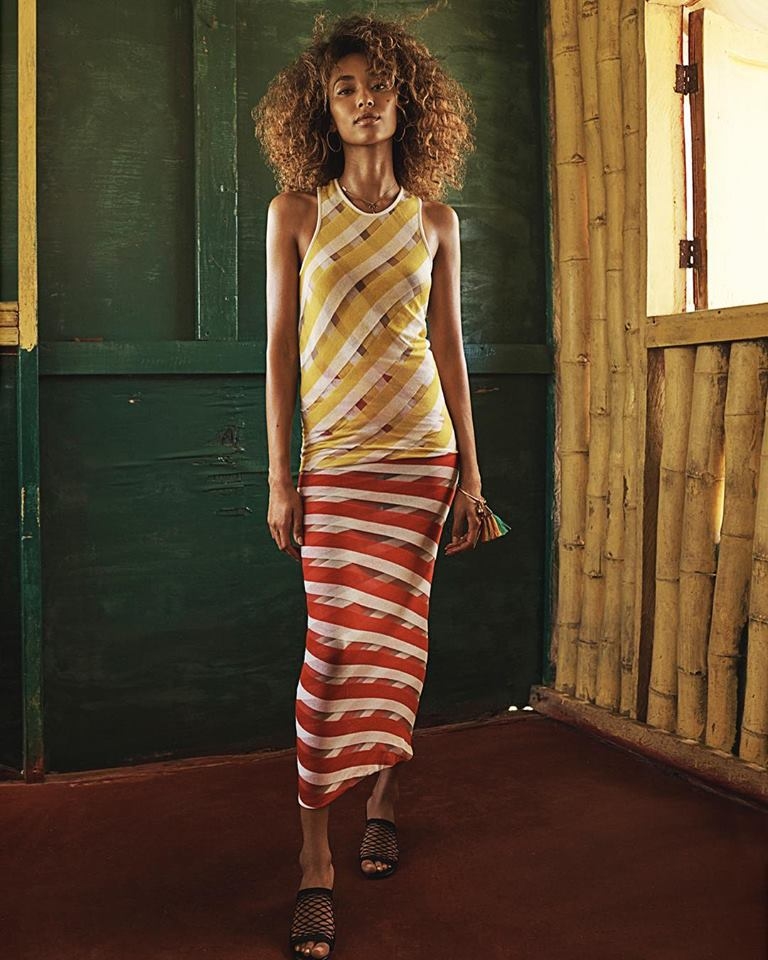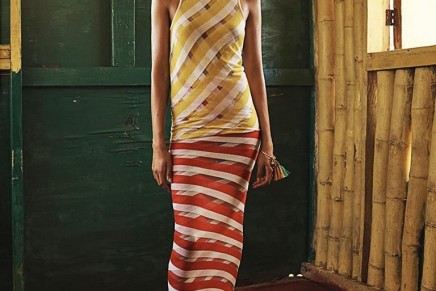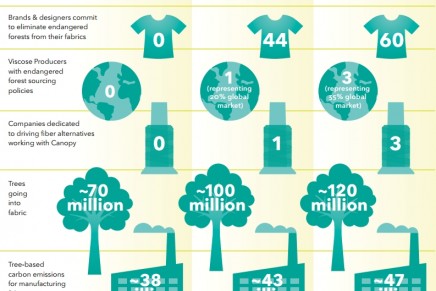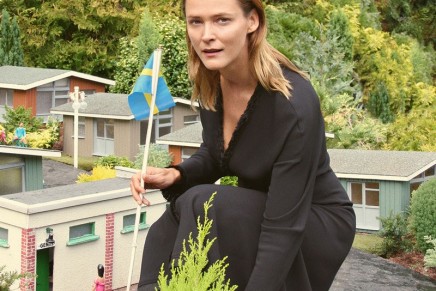Viscose – Sustainable sourcing.
For this year’s Climate Week, Stella McCartney is addressing the issue of deforestation and the impact it has on our planet with its NGO partner Canopy Planet.
It may not be the most intuitive link — the one that ties an 800 year-old tree to that stylish creation that is hanging in your wardrobe — but don’t be fooled by appearances! Fashion is a rapidly growing threat to our world’s forests. Each year over 120 million trees are cut for fabrics including rayon, viscose, modal and other trademarked textiles. That number is projected to double by 2025.
Placed end-to-end these trees would circle the equator 36 times every single year.11 North America and Russia’s Boreal Forests, the Rainforests of Indonesia, the Amazon and the Great Bear Rainforest are home to the last stands of towering trees that have never seen industrial logging or development. These ancient forests provide shelter for many threatened and endangered species. These forests are also becoming increasingly recognized for their value in shielding our planet from climate change and protecting our fresh water.
Unfortunately for animal and fashion lovers alike, Canada, Brazil and Indonesia also lead the world in global exports of wood for fabric manufacturing.
Stella McCartney is the latest sustainable luxury brand announcing that its viscose is now sustainable sourced. Stella McCartney’s viscose now comes from sustainably certified forests in Sweden.
“Viscose is a key material for us at Stella McCartney and one of the most used fabrics in the world. Most don’t know that viscose starts life as a tree, and this Climate Week we are addressing the issue of deforestation with our NGO partner Canopy Planet,” said Stella McCartney fashion
house.
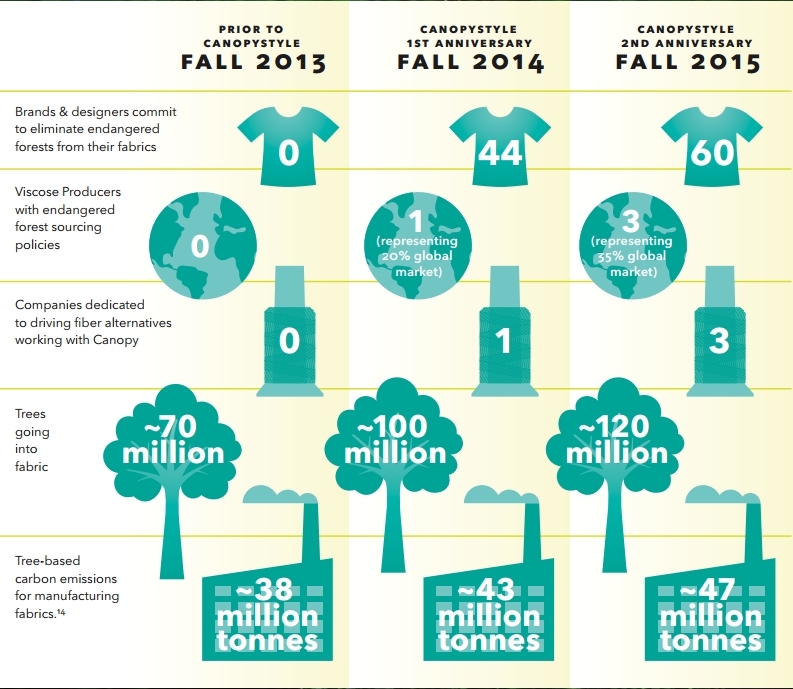
In 2013, CanopyStyle was launched and for most people it was the first time they ever heard that an orangutan’s critical forest habitat might be hanging in their closet as a rayon blouse. No clothing brand, retailer or designer had taken action on the sourcing of one of the fastest
growing fabric trends and no conservation groups were talking about it. But with the launch of CanopyStyle, the connection between forests and fashion was out of the closet.
In just two short years, 60 brands, retailers and progressive designers have decided to work with Canopy to stop the use of endangered forests or controversial sourcing in their fabrics by 2017. Purchasing power of over $85 billion in annual sales is now being leveraged to engage the
viscose supply chain to secure these supply chain shifts. A powerful cadre of customer brands have stepped forward to encourage suppliers to shift their sourcing out of endangered forests, to support innovations such as using recycled clothes and straw instead of trees to make fabric. At the same time, clothing brands and designers are encouraging government leaders to formally protect these incredible forests, creating lasting conservation legacies and recognizing the rights of traditional and indigenous communities whose lives are linked to healthy forests ecosystems.


